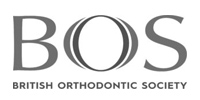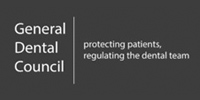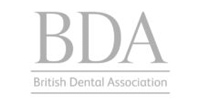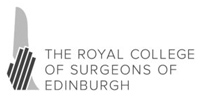Invisalign is a removable clear aligner system.
You wear each set of aligners for about 2 weeks, removing them only to eat, drink, brush, and floss. The aligners are almost invisible and make orthodontic treatment more comfortable.
Invisalign Aligners typically range in price between £3,500 – £6,000.

As you replace each aligner with the next in the series, your teeth will move – little by little, week by week – until they have straightened to the final position your orthodontist has prescribed.
They are comfortable and give you the freedom to eat what you like.
Watch this short video for more detail on Invisalign Aligners
You’ll visit your orthodontist about once every 6 weeks to ensure that your treatment is progressing as planned. Total treatment time averages 9-15 months. For any questions or to schedule an appointment please contact us.
Is Invisalign best for me?
The advantages and disadvantages of the Invisalign system are as follows.
Advantages of Invisalign
Aesthetics
Invisalign has good aesthetics compared with a fixed brace
Comfort
It is a smooth appliance with no wires so is more comfortable than a fixed brace
Eating
You can remove the aligner for eating. Hence no interference with your diet; unlike with a fixed brace where you have to avoid hard and sticky food.
Disadvantages of Invisalign
Attachments
The Invisalign uses tooth coloured attachments on the front of the teeth to help grip to the teeth that are moving, these attachments are coloured red when you review the 3D digital video of your tooth movements on the invisible planning tool. Many patients are unhappy with the appearance of these attachments as they are on the front teeth and feel that Invisalign is not as invisible as it is marketed to be.
Wearing Aligners
Some patients find it hard to wear aligners 22 hours a day – the hardest time to wear the aligner tends to be after lunch and for meetings. If patients are unable to wear the aligners the prescribed time then treatment progress will need to be slowed down, this is achieved by asking the patient to change the aligners at 3-week intervals rather than the normal 2-week intervals.
Tooth Movements
Invisalign is slower at certain tooth movements for example – up righting teeth, de-rotating teeth and moving the roots of teeth. For example with a rotated tooth; a fixed brace may be able to straighten in 2 months whereas with Invisalign you may need 4 months worth of aligners to achieve the same result, and even then the result can be problematic.
Extra Impressions
Invisalign works by predicting all the tooth movements to align patient’s teeth, however, in 80 per cent of cases, patients will require another impression to be taken towards the end of treatment – in order to achieve a good finish. Each new impression requires a 4-6 week turnaround time. When the new aligners arrive Invisalign tends to slow the pace of tooth movement hence increasing the expected number of aligners for this second phase of treatment. Hence one can see Invisalign treatments can take in some cases twice the anticipated time.
Speech
Another problem that can occur if Invisalign wrongly predicts the tooth movements or if the patient is not great at wearing the appliance is the fit of the aligner on the teeth becomes poor creating air spaces around the aligner making speech more difficult.
This issue becomes a vicious circle as the patient then tends to not wear the aligners for meetings, because of the difficulty of speaking clearly etc.
Hence further reducing the fit and increasing the chance of requiring more impressions in order to obtain a good final result.
Are Invisalign Aligners the brace best for me?
Take our fun, quick 1 min Best Braces Quiz to establish if this is the right brace for you or Book an Appointment to speak with Dr Redhead himself.







